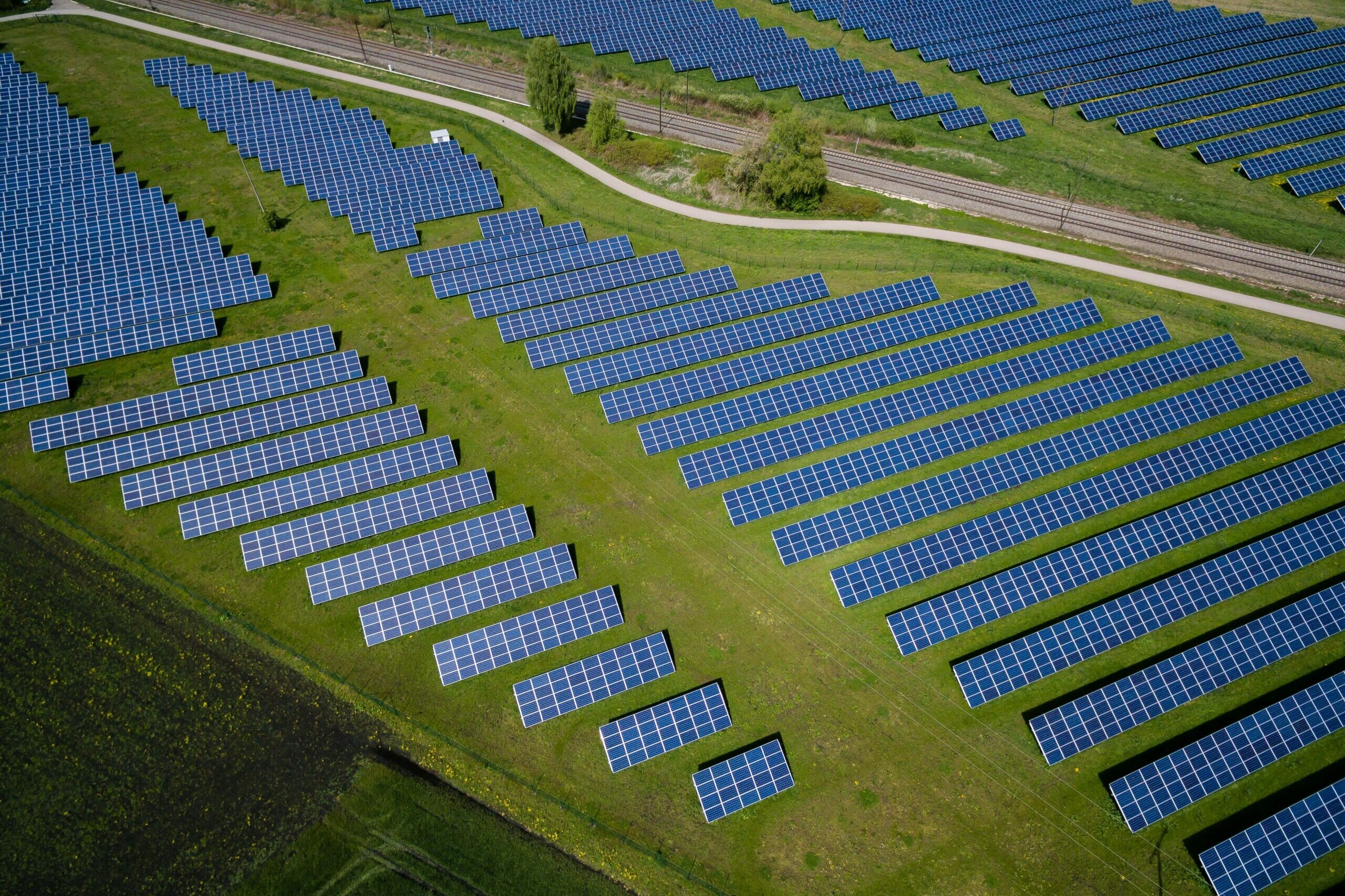
In the commercial and utility-scale solar sector, success is often measured by how fast and reliably a system can go from concept to commissioning. While solar technology continues to evolve, the greatest inefficiencies in many projects still stem from poor scheduling. At Ansgar Solar, project scheduling is not just a line item on a checklist—it is a strategic process designed to maintain momentum and avoid costly delays.
By aligning people, equipment, permitting, and materials from the earliest stages, Ansgar Solar helps developers and owners meet their targets and stay on budget. This article breaks down what goes into effective solar project scheduling and why it matters more than ever in today’s rapidly growing renewable energy market.
Why Scheduling Matters in Solar Projects
In solar construction, missed milestones are more than an inconvenience. They can cause projects to miss critical tax credit windows, lose investor confidence, or breach power purchase agreement (PPA) timelines. These impacts affect everything from cash flow to energy output guarantees.
Ansgar Solar’s approach is designed to align each milestone with project priorities and to spot risks before they affect timelines.
Key Phases of Solar Project Scheduling
1. Pre-Construction Planning & Constructability
Before the first boot hits the ground or the first post is driven, Ansgar works with stakeholders to define deliverables and determine key schedule drivers. These include:
- Site surveys and geotechnical evaluations
- Equipment procurement & Receiving timelines
- Labor availability windows
This stage requires close collaboration with utilities, engineers, and permitting agencies. Waiting until construction to identify these items can delay a project by several months.
2. Permitting and Regulatory Compliance
Permitting is often one of the most time-consuming elements of solar project development. Requirements vary by state, county, and even local jurisdiction. Agencies may include zoning boards, environmental agencies, and historic preservation commissions.
The National Renewable Energy Laboratory (NREL) has published findings that permitting and interconnection processes can significantly affect project timelines and increase soft costs. Ansgar Solar accounts for this in the scheduling process by front-loading permitting applications and maintaining regular follow-up with authorities.
3. Procurement and Logistics Coordination
The global solar supply chain has grown more complex in recent years. Delays in module delivery, inverters, or racking systems can halt progress at critical points. To avoid this, Ansgar maps out material lead times with manufacturers early in the process and includes a buffer in the schedule to account for potential shipping issues.
In addition, Ansgar’s team coordinates transportation with crane services and site staging, so that deliveries arrive in sync with installation crew readiness.
4. Labor Scheduling and Crew Sequencing
Solar construction requires specialized labor at different phases of the job:
- Civil teams for grading and foundations
- Mechanical crews for racking and modules
- Electrical teams for wiring and interconnection
- Commissioning and testing technicians
Ansgar Solar uses integrated labor planning tools that sequence crews based on project size, layout, and geography. This helps avoid downtime caused by overlapping scopes or crew availability conflicts.
5. Weather and Seasonal Considerations
Weather is one of the most unpredictable variables in solar construction. In colder climates, frozen ground can delay pile driving. In desert environments, extreme heat may limit daytime working hours.
By evaluating regional climate patterns during the planning phase, Ansgar factors these into the schedule. For example, in northern regions, pile driving may be prioritized before frost conditions set in. Likewise, module installation may be scheduled to avoid monsoon seasons or hurricane risk periods.
6. Utility Coordination and Interconnection
Connecting to the grid involves multiple stages of review, approval, and testing. Interconnection studies, design reviews, and witness testing all require utility coordination. Each utility has its own timeline and process.
Ansgar engages with utility providers from the beginning and incorporates their timelines into the project schedule. By doing so, they prevent a common problem where a site is mechanically complete but cannot export power due to interconnection delays.
7. Punch List and Commissioning Planning
Final project stages often get overlooked in early scheduling conversations, but they are critical to completion. Walkthroughs, testing, punch list items, and closeout documentation all need time allocation.
Ansgar schedules commissioning activities in parallel with construction when possible, allowing any necessary corrections to be handled quickly without extending the timeline.
How Ansgar Solar Keeps Projects on Track
Transparent Communication with Stakeholders
Every week of delay costs the client money. That’s why Ansgar Solar maintains real-time schedule tracking and communicates progress updates regularly to developers, EPCs, and site owners. This transparency builds trust and allows for faster adjustments when changes occur.
Schedule Compression Techniques
If an unexpected delay threatens the completion date, Ansgar uses proven schedule compression methods such as:
- We start by looking at Construction sequence and build velocity
- Fast-tracking parallel activities
- Increasing manpower in key areas to open additional work fronts
- Prefabrication of components off-site
- Accelerating inspection and permitting checklists
These techniques are carefully evaluated to avoid safety or quality risks while making up lost time.
Contingency Planning
Not every variable can be predicted, but having contingency buffers in the schedule allows the team to adapt. These buffers may be added to procurement lead times, weather days, or inspection timelines. Ansgar reviews these during each phase gate to determine whether they are still necessary or can be reallocated.
The Bottom Line: Time is a Value Driver
In the world of solar energy, time is often as valuable as the electricity generated. Financiers, utilities, and owners all depend on timely delivery to meet performance expectations and contractual obligations. Every delay ripples across cost, reputation, and energy generation timelines.
Ansgar Solar brings structure to the chaos with proven solar project scheduling techniques. By combining industry expertise, proactive planning, and agile adjustments, the team helps clients avoid the traps that stall other installations. Whether it’s a 500 kW rooftop system or a 100 MW ground-mount project, the scheduling approach remains the same: proactive, practical, and performance-driven.
